Economic growth needs momentum from green industry
According to the Ministry of Finance , GDP growth in 2025 is forecast to reach 8.5%, continuing to maintain the strong recovery momentum of the economy after the Covid-19 pandemic. The economic structure has clearly shifted, with the industrial and service sectors accounting for about 80.5%. In particular, the energy sector, the core infrastructure of all production activities, is showing a strong shift towards green and sustainable.
The proportion of renewable energy in the total national electricity supply has tripled, from 4.9% in 2020 to 15% in 2025. Wind, solar and biomass power sources are gradually replacing fossil energy, reflecting Vietnam's determination to green the economy. Along with that, the area of industrial parks across the country is expanding rapidly, from 117,300 hectares in 2020 to 140,000 hectares in 2025, creating space for clean industrial projects and high-tech investment.

Investing in wind and solar power systems helps industrial parks proactively source clean energy and contribute to reducing emissions. Photo: Trung Nguyen.
Along with the expansion of renewable energy, the industrial park system nationwide has also increased rapidly, from 117,300 hectares (2020) to 140,000 hectares (2025). Two key industrial regions, the Southeast and the Red River Delta, have clearly taken shape, becoming dynamic industrial centers, playing a leading role in promoting production and export.
However, according to Mr. Nguyen Manh Son, Department of Finance - Industry Economics (Ministry of Finance), Vietnam's industrialization policy lacks a comprehensive strategy associated with the goal of developing advanced industries in a greener direction. The main framework of mechanisms and policies is not yet synchronized and lacks flexibility in the context of increasing global competition and complex developments. Rapidly increasing electricity demand also puts pressure on supply capacity, and the power system has difficulty meeting the energy requirements of the digital economy.
According to Mr. John Rockhold, Head of the Power and Energy Working Group, Vietnam Business Forum (VBF), Vietnam’s next growth engine is based on high-tech manufacturing, data centers to AI infrastructure, creating real signals and attracting investor interest. But it should be noted that these industries rely heavily on the quality of power supply. A short interruption can also mean significant financial losses or unplanned downtime. Therefore, building an energy backbone has become the foundation of national economic security.
Energy transition - the key to greening industry
According to Mr. Nguyen Anh Tuan, Vice President and General Secretary of the Vietnam Energy Association, the Government has issued many major policies to ensure national energy security until 2030, with a vision to 2045, focusing on developing renewable energy. The Electricity Law (amended), the National Energy Master Plan, the adjusted Power Plan VIII and guiding decrees have opened up a legal corridor for green investment flows.
Thanks to that, the energy infrastructure has been upgraded step by step. However, the need for investment capital is still very large, estimated at about 136 billion USD in the next 5 years (equivalent to 27 billion USD/year). Many projects, especially in the field of renewable energy, are still behind schedule compared to the planning, threatening the risk of power shortages in the period 2025-2030 if there is no breakthrough solution in resource mobilization. Agencies must quickly complete the removal of institutional bottlenecks that hinder the development of the energy sector.
In addition, it is necessary to urgently issue regulations on carbon emission quotas, deploy the Renewable Energy Certificate (REC) market, a specific mechanism for offshore wind power development, and a specific mechanism to thoroughly handle difficulties and obstacles with solar and wind power projects... Thereby, ensuring the gradual replacement of fossil energy sources with renewable energy, improving energy efficiency and developing clean technology.
Mr. Le Tuan Anh, Deputy Director of the Department of Finance and Sectoral Economics (Ministry of Finance) said: Vietnam's economy is entering a new development phase. This is a phase that requires a strong transformation of the growth model, closely linking macroeconomic stability, green development, and effective response to climate change. In that process, energy transition is not only an inevitable requirement to ensure energy security and reduce emissions, but also an important driving force to promote innovation, improve competitiveness and attract high-quality investment.
When solar power, wind power, pumped storage hydropower and green hydrogen are invested heavily, the national energy structure will become “greener”, reducing dependence on coal and oil and gas. This process creates a chain effect: industrial enterprises reduce emission costs, increase productivity, and easily access green investment capital flows and carbon tax incentives. This can be considered a step to pave the way for green industry to accelerate, bringing Vietnam closer to the goal of net zero emissions by 2050.
Accelerating green finance and institutions
To remove bottlenecks and promote green industry, the representative of the Ministry of Finance proposed to integrate green transformation goals into the National Industrial Development Strategy, while perfecting financial mechanisms and technology transfer policies for green production. The implementation of Resolution No. 57-NQ/TW (dated December 22, 2024) needs to be concretized with policies to support businesses in reducing resource use, saving energy and cutting emissions more substantially.

Energy conversion helps green the national energy structure, helping industrial enterprises confidently meet the market's requirements for green products. Photo: Trung Nguyen.
At the same time, raising awareness of green transformation and ESG (Environment - Social - Governance) responsibilities among the business community and employees is an urgent requirement. It is necessary to create a cooperation network between businesses, research institutes and universities to train high-quality human resources to meet the requirements of green industrial transformation in the future.
Along with perfecting the legal framework for green credit development in Vietnam, diversifying green credit sources through cooperation with the banking system will help provide support, bonds and green investment capital; at the same time, attracting green FDI capital flows through specialized incentives and investment promotion services that meet international standards according to the "one-stop" model.
On the other hand, the Ministry of Finance is coordinating with the Ministry of Agriculture and Environment to complete the legal framework for the carbon credit market, aiming to officially operate in 2028. This will become an important financial tool to help Vietnamese enterprises participate more deeply in the global green value chain.
Source: https://nongnghiepmoitruong.vn/chuyen-doi-nang-luong-nhanh-se-tang-toc-xanh-hoa-cong-nghiep-d781563.html


![[Photo] Ho Chi Minh City Youth Take Action for a Cleaner Environment](https://vphoto.vietnam.vn/thumb/1200x675/vietnam/resource/IMAGE/2025/11/04/1762233574890_550816358-1108586934787014-6430522970717297480-n-1-jpg.webp)

![[Photo] Panorama of the Patriotic Emulation Congress of Nhan Dan Newspaper for the period 2025-2030](https://vphoto.vietnam.vn/thumb/1200x675/vietnam/resource/IMAGE/2025/11/04/1762252775462_ndo_br_dhthiduayeuncbaond-6125-jpg.webp)

![[Photo] The road connecting Dong Nai with Ho Chi Minh City is still unfinished after 5 years of construction.](https://vphoto.vietnam.vn/thumb/1200x675/vietnam/resource/IMAGE/2025/11/04/1762241675985_ndo_br_dji-20251104104418-0635-d-resize-1295-jpg.webp)
![[Photo] Ca Mau "struggling" to cope with the highest tide of the year, forecast to exceed alert level 3](https://vphoto.vietnam.vn/thumb/1200x675/vietnam/resource/IMAGE/2025/11/04/1762235371445_ndo_br_trieu-cuong-2-6486-jpg.webp)
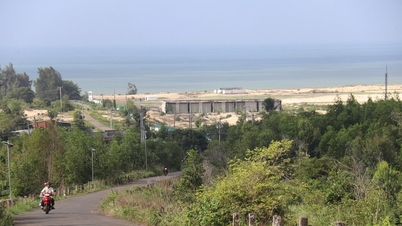

![[Infographic] How will Dong Nai's economic indicators grow in the first 10 months of 2025?](https://vphoto.vietnam.vn/thumb/402x226/vietnam/resource/IMAGE/2025/11/04/1762224574377_anh_thumbnail_chi_tieu_kt_xh_10-2025_20251103215336.jpeg)

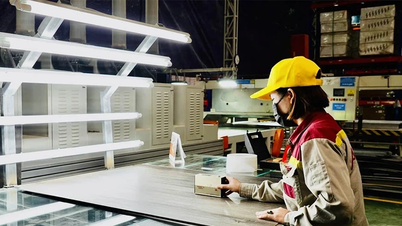



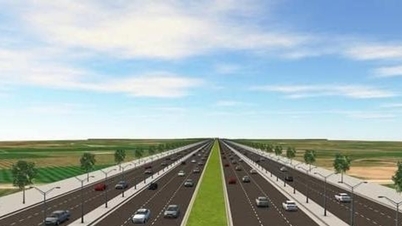



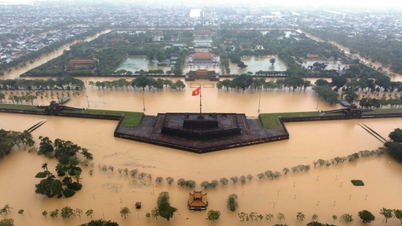



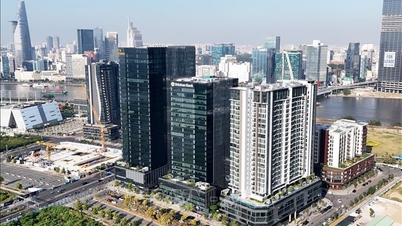


































































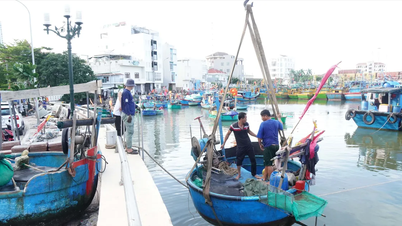



















Comment (0)